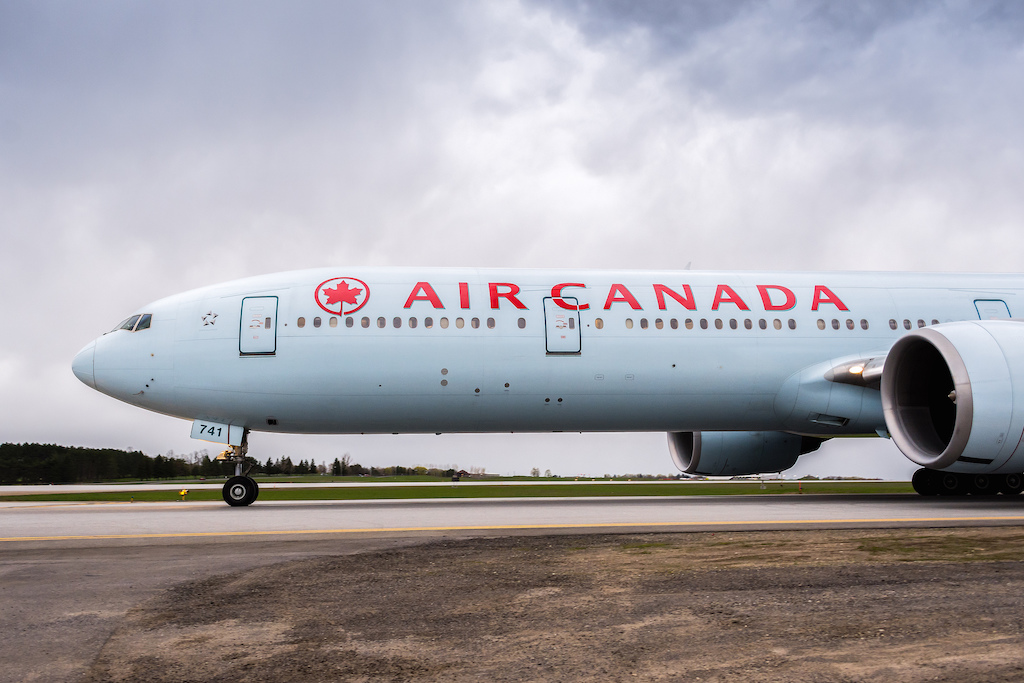For a company whose raison d’ être is loyalty, the executives and shareholders of Aimia must wish a little more was coming their way. The company, which operates the Aeroplan loyalty program, was recently dumped by Air Canada, which will start its own in-house frequent-flier scheme starting in 2020.
Since then, Aimia has lost two-thirds of its market value, and it’s easy to see why. Air Canada started Aeroplan in 1984; it cut the corporate umbilical cord in 2008, but remains far and away the program’s dominant partner. It’s hard to fathom how Aeroplan could survive without the airline. But the markets love what it means for Air Canada: Analysts are drooling over billions in incremental profits forecast from its decision.
All of which raises an obvious question: Why on earth did Air Canada spin off its points program in the first place?
To answer this question, we must go back to the early 2000s, when Air Canada’s then-chief executive officer Robert Milton was restructuring the company after the Sept. 11 terror attacks (which hammered airlines everywhere). Central to his strategy was an ingenious but bizarre plan to break Air Canada into several component parts — each of which would be floated on the stock market as its own branded asset.
Virtually anything could be spun off: Aeroplan, the Jazz regional airline and the aircraft maintenance division were all launched as independent companies. Plans were made to float other units, including the vacations business, cargo services, ground handling and the Destina booking platform. Even Air Canada itself was spun off as a stand-alone unit — operating under a new holding company, Air Canada Enterprises (ACE). The toilets at head office could have been next, if the financial wizards had more time.
Each new business was given a financial head start to boost the odds for a successful initial public offering. For example, the deal with Jazz (originally established as an income trust) featured a unique “cost-plus” billing system that virtually eliminated the financial risk of operating the regional service — shifting all the risk to Air Canada. This made Jazz highly attractive to investors, all the more so given tax rules at the time (which until 2011 allowed income trusts to avoid paying corporate tax).
But the goal of all this financial engineering was never to run continuing businesses. It was always to generate a one-time financial gain, supposedly based on “unlocking” the “hidden” value of each operation. The bias of Canada’s tax system in favour of financial investors (including partial taxation of capital gains and dividends) added to the frenzy — like throwing jet fuel on the financial flames.
Initially investors lapped up ACE’s glitzy offerings, amid the frothy exuberance of North American markets in the mid-2000s. By my reckoning, ACE disbursed more than $5 billion in value to investors from these schemes, even though Air Canada itself lost money every year but one between 2002 and 2012. It seemed Mr. Milton could extract blood from a stone.
Of course, brokers and underwriters collected fat margins with each equity offering. And Mr. Milton himself walked away with more than $80 million in cumulative compensation, largely through exercised options and other gains tied to the spinoffs.
Alas, every financial bubble must pop. And the new units never really stood a chance as independent companies. Air Canada regained its independence in 2012. The technical service and Destina businesses both collapsed. Now, the loyalty program is coming back in-house. Other potential spinoffs never made it to market. The only one left standing is Jazz, and its revenue was cut under a new deal with Air Canada in 2015.
ACE’s early investors (including its bankers and executives) walked away with billions. But later investors (including Aeroplan’s current shareholders) were left with worthless paper, once the music stopped. Air Canada’s workers, too, suffered endless disruption and uncertainty. Consider Aeroplan employees, most of whom were transferred over painfully from Air Canada, yet now face renewed turmoil. Consumers certainly weren’t served well: Most didn’t even know which company they were dealing with when they phoned to complain.
Air Canada has fared much better since its executives abandoned financial engineering in favour of actually running an airline. This painful final chapter of the whole saga should be a potent warning to business leaders and policy-makers alike: Real prosperity can’t come from buying and selling pieces of paper. It only comes from running real enterprises that produce real goods and services.
Jim Stanford is Harold Innes Industry Professor of Economics at McMaster University and an adviser to Unifor. This column was first published in The Globe and Mail.
Photo: Heads Up Aviation Photography/flickr
Like this article? rabble is reader-supported journalism.




